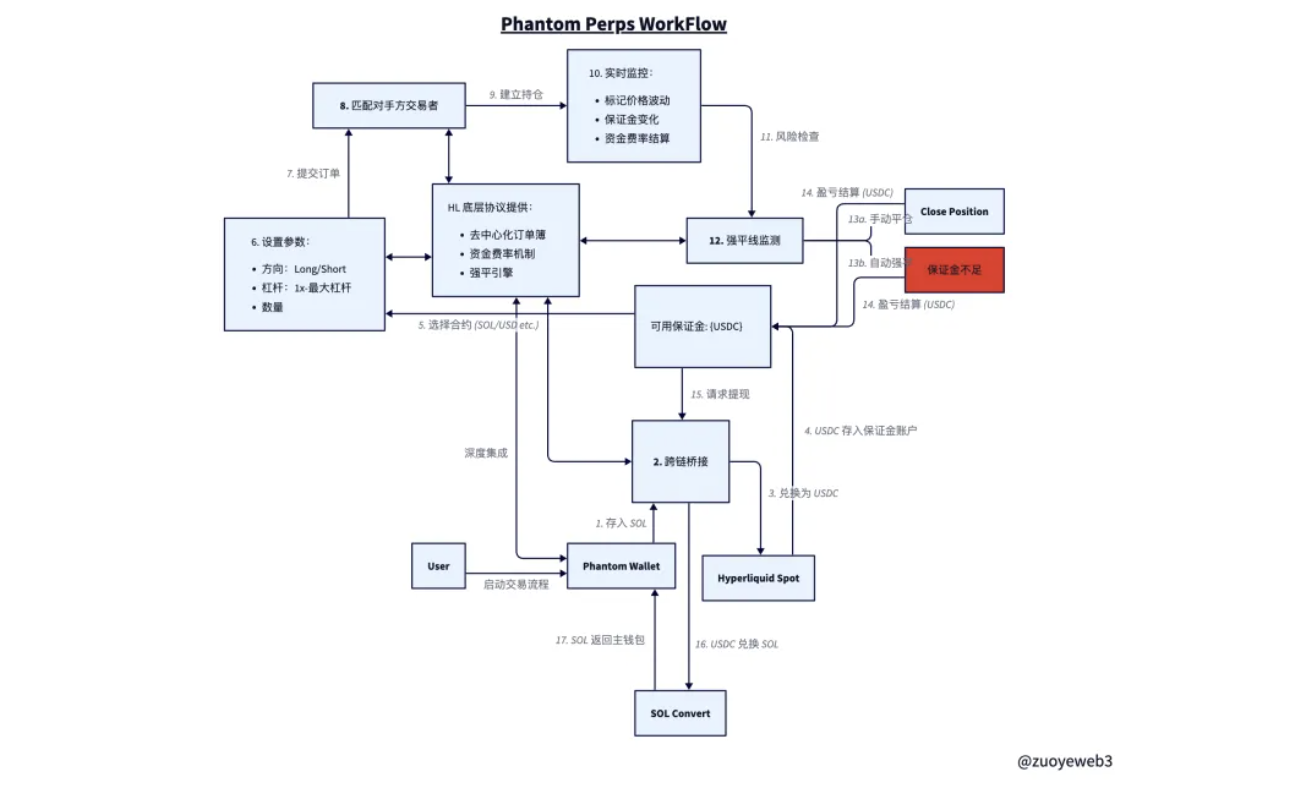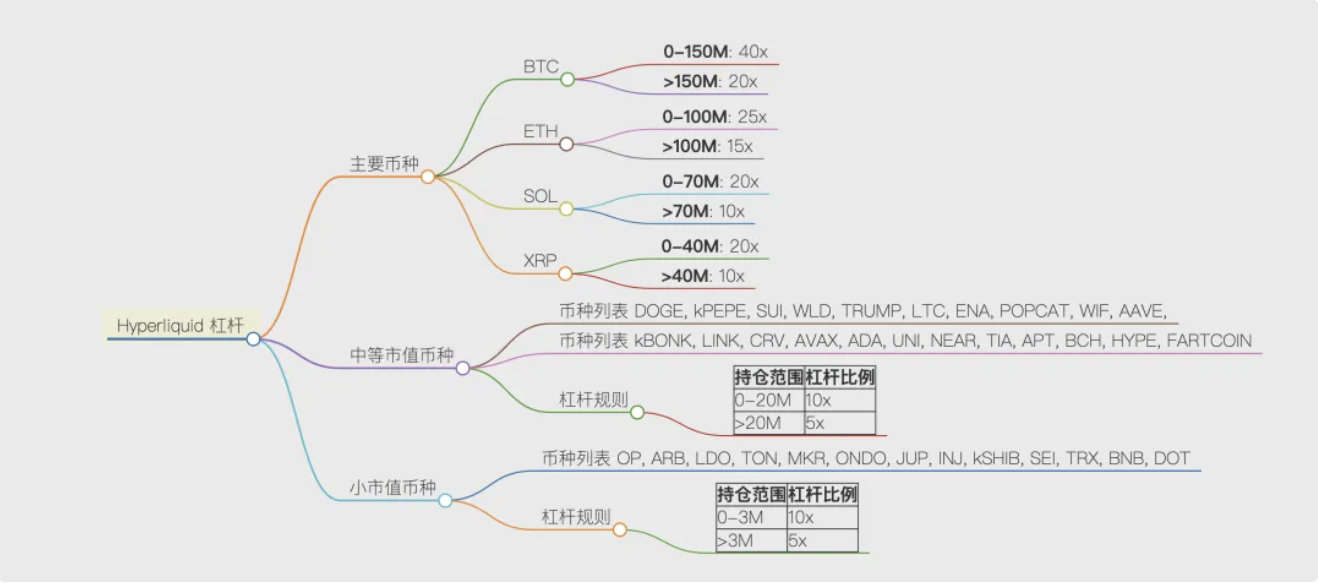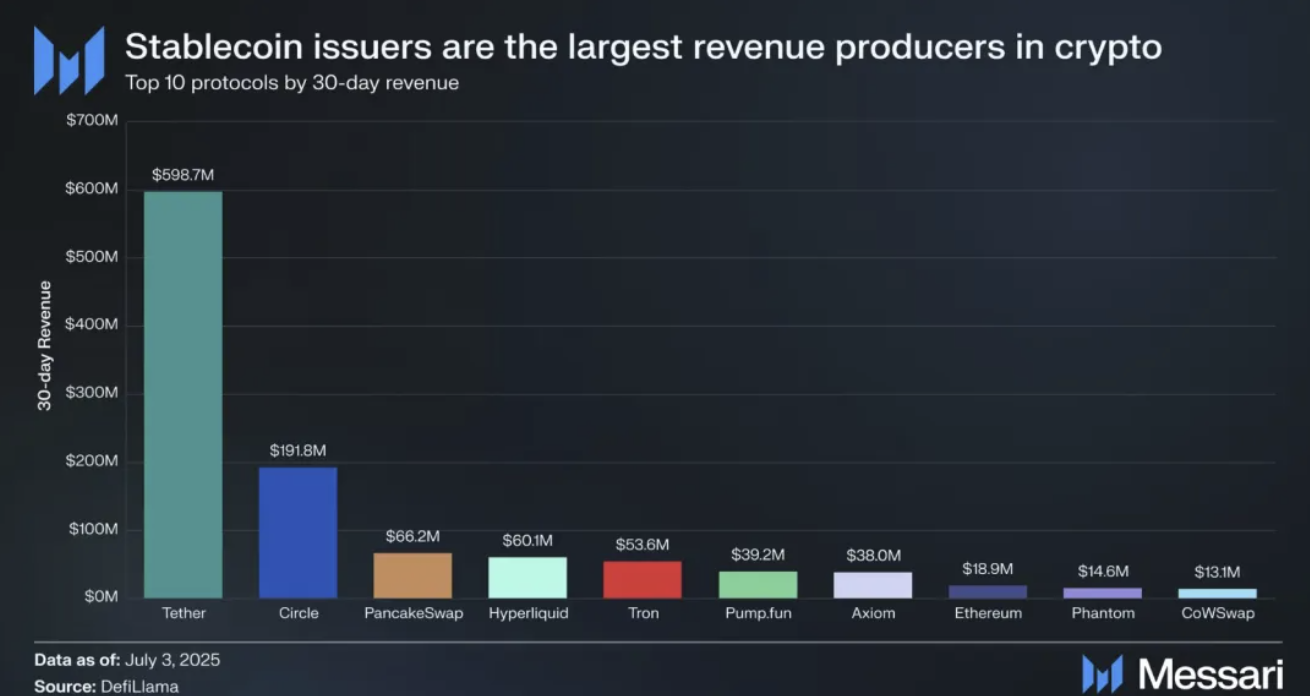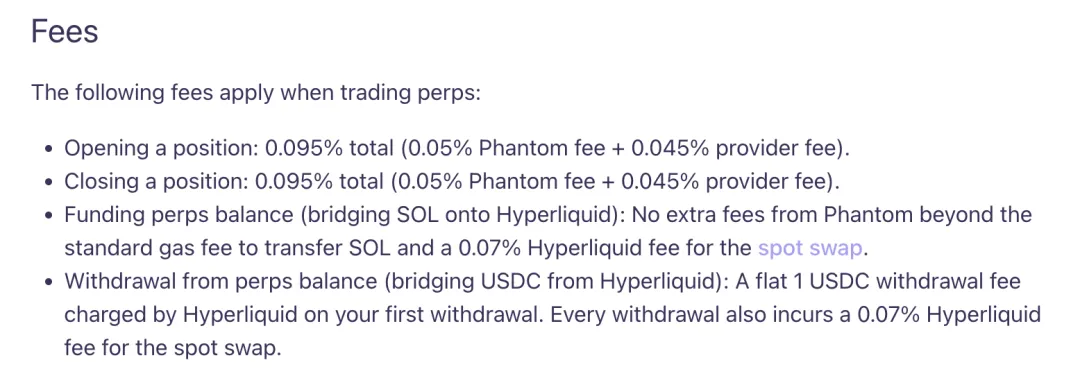All liquidity goes to Hyperliquid
GMX is busy dealing with thefts, and Hyperlqiuid is busy doing business.
This time, Hyperliquid has made great strides into the Solana ecosystem, and unlike pure multi-chain deployments, this time it is through the Phantom wallet to provide liquidity support, and it is also surprising that Phantom chose Hyperliquid over Drift and Jupiter.
Compared with simply supporting Solana Chain and Phantom wallet login, Hyperliquid's idea is different from its predecessors such as dYdX and GMX, and is more like the on-chain version of Binance, that is, to become the ultimate source and destination of liquidity for all protocols and dApps, and to become the real on-chain cornerstone with super liquidity.
The third way
To understand Hyperliquid, you can't just talk about Hyperliquid itself.
It must be said in the comparison with spot DEXs such as Uniswap that the contract products from the spot perspective are gambling on borrowing money and speculating in coins, and liquidity is extremely difficult to maintain.
Uniswap can facilitate the participation of more assets in transactions through multi-chain deployment, and can promote the growth of protocol TVL even if it is only on this chain, but the contract DEX, whether it is dYdX, GMX or Hyperliquid, must "attract" liquidity in one place, which is also the natural advantage of CEXs such as Binance.
Centralization is naturally conducive to liquidity concentration.
It must be said in the comparison with peers such as dYdX and GMX that the Perp DEX from the perspective of GMX is a combination of on-chain matching, on-chain trading and liquidity tokenization combined with dYdX's order book, which is also the essence of GMX's crazy revenue in 2022, maintaining liquidity through the "inducement" of LP Token - > GMX Token.
The same is true for Hyperliquid, but the operation is more refined, the closed HyperCore is responsible for spot and contract transactions, which is the main basis for the centralization of Hyperliquid, and HyperEVM is responsible for the "blockchain" part, and the concept of operation is vague, which has long made Hyperliquid in a superposition state of decentralization and centralization, and super liquidity and matching efficiency are also hidden in it.
For the overall architecture of Hyperliquid, see Hyperliquid: 9% Binance, 78% centralized
Decentralization is naturally good for branding.
It is necessary to grow in the dynamic game and companionship with Binance, and to become the strongest liquidity, it is necessary to have centralized efficiency, decentralized experience, the improvement of dYdX's order book matching mechanism, GMX's liquidity token "bribery" mechanism, and the role of BNB Unicom BNB Chain and the main station – $HYPE Unicom HyperCore and HyperEVM.
In the end, Hyperliquid completed multiple contradictions that were difficult to couple in the past, and systems engineering once again worked its magic, stacking the existing technical elements to create the best PMF in the current market, and even improving Binance's thinking.
-
• Multi-chain deployment/centralized liquidity
-
• Bridging/Chain Abstraction/Aggregator/Intent
-
• Decentralized UI/Centralized UX
To become the infrastructure of the market, it is necessary to capture as many entrances as possible, and Phantom is very suitable as a guide to the Solana ecosystem, but it cannot be subsidized for the market, and profit sharing is a more sensible approach than token subsidies.

In the design idea of Phantom Perps, instead of logging in to dYdX or Drift in the past, Hyperliquid is embedded in its own interface, provided that the SOL on Solana is bridged into the Hyperliquid spot account and converted to USDC, and then transferred to the Hyperliquid contract account as margin.
Bridging may be supported by Hyperunit provided by the Unit protocol, but it is not entirely certain, additional information is welcome, and security assessment is also important.
After the transaction process and liquidation, Phantom and Hyperliquid roles are reversed, the Phantom interface is only displayed, and the actual operation is completely controlled by Hyperliquid, which is also the biggest difference with dYdX and Drift, user funds will really enter the Hyperliquid system.
Specifically, USDC needs to be converted from the Hyperliquid futures account to the spot, then converted to SOL in the spot, and then bridged back to the Solana chain, and finally displayed in the form of SOL in Phantom.
The advantage of this is that there is more freedom of funding.
After the user's SOL enters Hyperliquid, he can trade any currency supported by Hyperliquid, and choose a maximum leverage of 40x leverage according to the amount of funds.

The downside of this is that the system is less secure.
Bridging the entry and exit of assets is put to the test during times of extreme market volatility.
During the transaction process, users need to trust Hyperliquid, which essentially needs to reach the same trust level as CEXs such as Binance, that is, the exchange will not embezzle users' assets and will complete the matching according to user instructions.
Hyperliquid is not simply cooperating with Phantom, but hopes to use it as an ally to infiltrate and control Solana, which is undoubtedly an active attack on Solana's native DEX.
BNB outperforms any exchange token by far representing Binance's mastery of liquidity, and the same is true of Hyperliquid, which is a make-or-die charge, from spot to Perps, Ethereum to Solana.
Emerging revenue points
Hyperliquid isn't cheap, in other words, it's super profitable.
Compared with dYdX and Binance, Hyperliquid has never won by cheapness, and coincidentally, Phantom is also a small profit expert, from SOL staking to trading, from single chain to multi-chain, with strong business diversification capabilities.
MetaMask is already a distant myth in the wallet world, and Phantom is a reality.
But it's not enough to call the future, Backpack still wants to play in the same room on Solana, OKX Wallet is a strong opponent on the side, since the fusion of CEX and DEX is the main axis of this cycle, then Binance + Pancakeswap, OKX main site + OKX Wallet, Backpack Wallet + Backpack Exchange all have their own opportunities and ways of playing.

Stablecoins will continue to exist, it is unknown how long meme and on-chain issuance and trading tools can last, public chains and DEXs need to find their own growth points again, Hyperliquid itself is the repository of public chains, DEXs, stablecoins and memes, but it lacks wallet tools, or in other words, to reach more retail investors and a more popular market.
It's counterintuitive, but whales are the main players in Hyperliquid, and although the amount of funds is large enough, it is difficult to run stablecoins, memes, and even RWA and other higher-frequency, daily products without a sufficient number of retail investors.
The significance of retail investors is to carry out marginal innovation and mass reach, a sufficient amount of data can "emerge" intelligence, and randomness can trigger all possibilities of evolution.
It just so happens that Phantom has enough retail investors, at least as Solana is the number one.

In addition, the cooperation between the two sides is also profitable, in all angles and entrances and exits, there are intimate set up charging anchors, Phantom and Hyperliquid two gates will be charged, I wonder if the competitors have a good idea of speeding up and reducing fees, HL+Phantom will also become a dragon?
epilogue
HL decided to acquire more new users through the wallet, and Phantom wanted to move beyond the stereotype of Solana wallet and into a more mainstream market.
CEXs compete for coin stocks, and DEXs actively acquire customers, which can be glimpsed that Crypto traffic has reached a bottleneck period, and a simple product type can no longer support its own business, and mutual competition, acquisitions and attacks will become more and more frequent.
Each cycle will be an arena for exchanges and public chains, this time, will it be Hyperliquid vs. Binance, and Solana vs. Ethereum?
